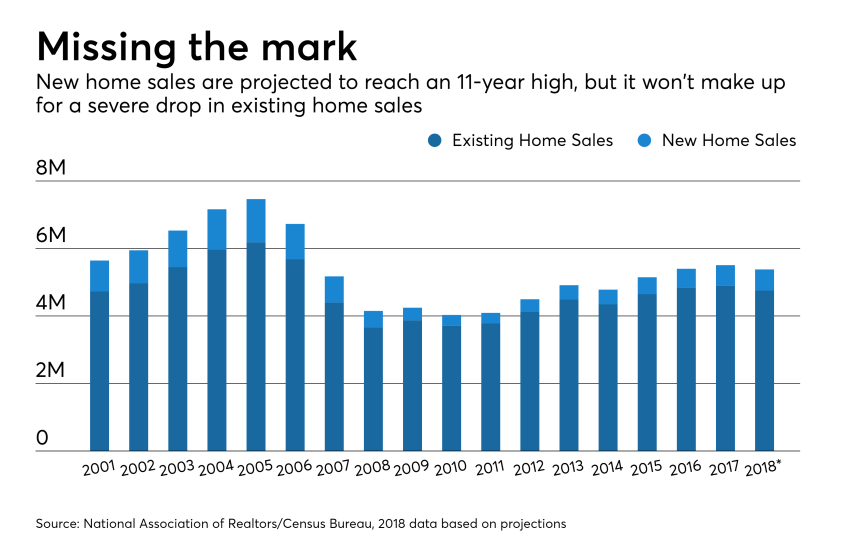A mortgage company’s workforce is one of its most costly expenditures, not to mention one of the hardest to manage in a period of market uncertainty.
Mortgage companies often lay off workers when volumes fall, but it’s a blunt strategy that can affect morale and productivity of the workers who remain employed and leave lenders understaffed when demand starts to rise.
“There are only really two ways to do things in a less expensive way, and they are kind of the same thing: less people, more technology — and you get cheaper,” said Kapfidze.
Savvy lenders are increasingly relying on borrower self-service tools that improve efficiency and allow more flexibility in
how workers are hired and deployed. But managing headcounts isn’t just a concern for the originations sector. Servicers must also be mindful of staffing, particularly as loans are staying in servicing portfolios longer.
“Whenever there’s a major swing like during the crisis in 2008, companies will often throw a lot of people at the problem. But then they have to figure out how to limit the cost of those folks,” said Robert Lux, executive vice president and chief information officer at subservicer Cenlar FSB and the former CIO of Freddie Mac.
The ability to quickly scale an operation in response to market shifts may give subservicers an upper hand against smaller firms that manage loans themselves, Lux said.
“There’s always this mentality that servicers can do things better in-house than by subservicing. I think that it’s a matter of scale,” Lux said. “Subservicers have an advantage in the way we invest in and deploy technology, and frankly, take bets on emerging technologies, because of our scale.”
While a number of high-profile companies, including Ditech, Guaranteed Rate, Movement Mortgage and
Wells Fargo, have announced layoffs this year, industry employment among nonbank lenders and mortgage brokers remains above year-ago levels, according to the most recent Bureau of Labor Statistics data.
But as companies adjust staffing levels, it is essential for them to plan ahead and ensure the right tools and processes are in place to support a smaller workforce. That way, when volumes return, operations can scale more efficiently.
“It’s often better to make that decision quickly as opposed to having to be forced to do it, because in this environment, you also as a company need to stay liquid. If you’re paying out for your fixed costs and sort of eating into your cash on hand, then that’s not a good outcome,” said Michael Fratantoni, chief economist and senior vice president of research and industry technology at the Mortgage Bankers Association.
While job cuts aren’t typical when business is booming, certain roles may be de-emphasized and workers may get reassigned to new tasks as technology improvements take hold.
“I think staffing will continue to move with volume. You need staff in different places, though. Ideally, you’d be getting more productivity out of more of your employees, but to get that maybe you need to hire more in the tech space, or maybe you need to hire more processors, for example,” said Fratantoni.
“If through a technology investment you’ve made the process more efficient, you may not need those multiple layers of compliance personnel or GSE personnel in the same way that you did before, but you may not have them doing the same thing, even if you had the same number of bodies,” he added.
Regardless of the direction of demand, staffing efforts overall call for a reimagining of roles as the industry continues making digital mortgage strides.
“Job qualifications become less about being order takers and more consultative types of jobs: ‘How can I help you understand this?’ as opposed to ‘Yes, we got your payment,’” said Dombrowski. “The nature of the job changes.”









